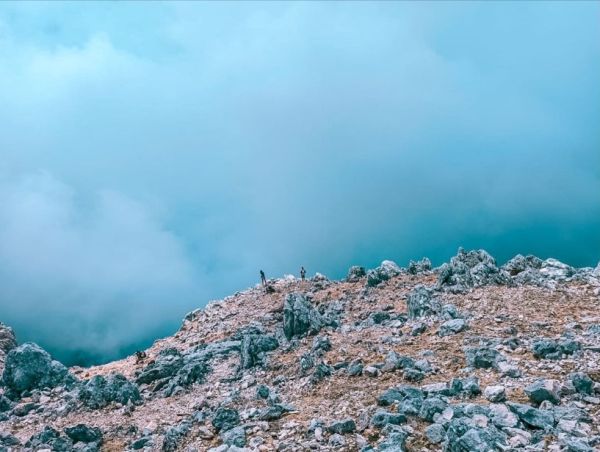The brothers Jacob and Bernard Brescani decided to try their luck and, armed with their armor, went to the church of Agios Nicholaos. One of the brothers holding a large knife entered the dragon's mouth while the other repeatedly struck the beast with an ax. When the dragon was killed, many people gathered in the church thanking God for their deliverance. A large fire was lit outside the church and the dragon was burned. According to the document, the dragon was winged and its body larger than two oxen combined, its length exceeding seven paces. The Brescani brothers were rewarded by the Governor with almost all of the western slope of Ainos but died shortly after from the wounds sustained during the fight.
The tale of the dragon of Mount Ainos and the heroic knights who defeated him has, like all legends, several variations. Even the name of the protagonists changes: some 16th century documents attest that a large portion of the forest was donated to Francesco Loukissa for the services rendered by his family to the Venetian government, suggesting that the bequest was precisely the payment for the killing of the dragon. Nikos Tzouganatos, historical researcher and philologist, instead hypothesizes that the Loukissas family had inherited the Brescani fiefdom and that subsequently the people associated the name Loukissa with the killing of the dragon. Niki Efthymiatou Katsouni offers a different interpretation: the two brothers who killed the dragon may have been originally from Brescia, Italy, and therefore "Brescani" may not have been their surname but a reference to their place of origin. She also thinks it possible that they were not brothers at all, but rather members of a Brescian brotherhood. This would explain the absence of the surname Brescani from Kefalonia.
Whatever the most accredited version of the legend and the historical fact that led to its birth are, it doesn't seem so difficult to believe that a dragon could have lived in a suggestive place like the natural park of Mount Ainos. Try walking among the tall black pines on a day like today, with light rain and fog: the atmosphere is so magical that anything really seems possible!
Source: http://www.ionion.com/english/kefalonia/nature/ainos/index.htm
Photo: Beldi

